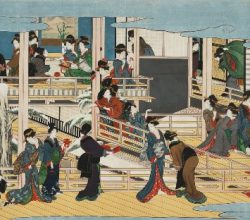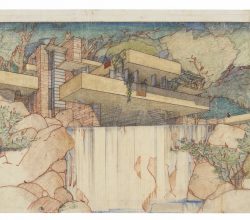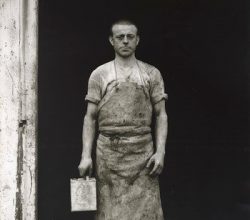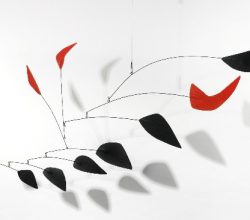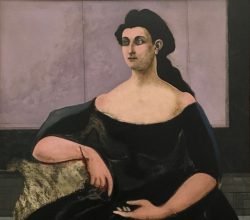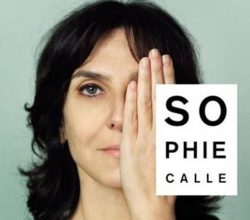
Sophie Calle at Fort Mason: Reports from love’s front lines
Charles Desmarais | San Francisco Chronicle | 1st July 2017
It’s difficult to be precise about the art of celebrated French conceptual artist Sophie Calle. A gallery blurb says her projects deal with issues of absence and loss. She based one such project on a break-up email received from a lover. Calle circulated the note to a wide circle of women requesting their analysis “without pathos”. An excellent background piece sums up her work thus: “autobiography wrung dry of all emotion”.

